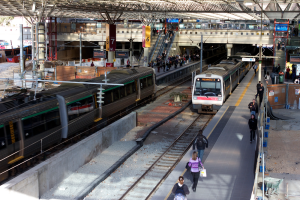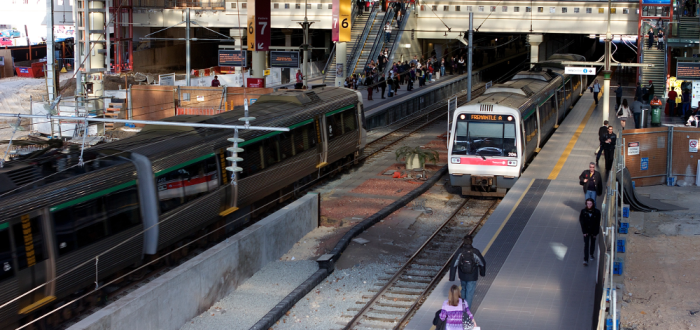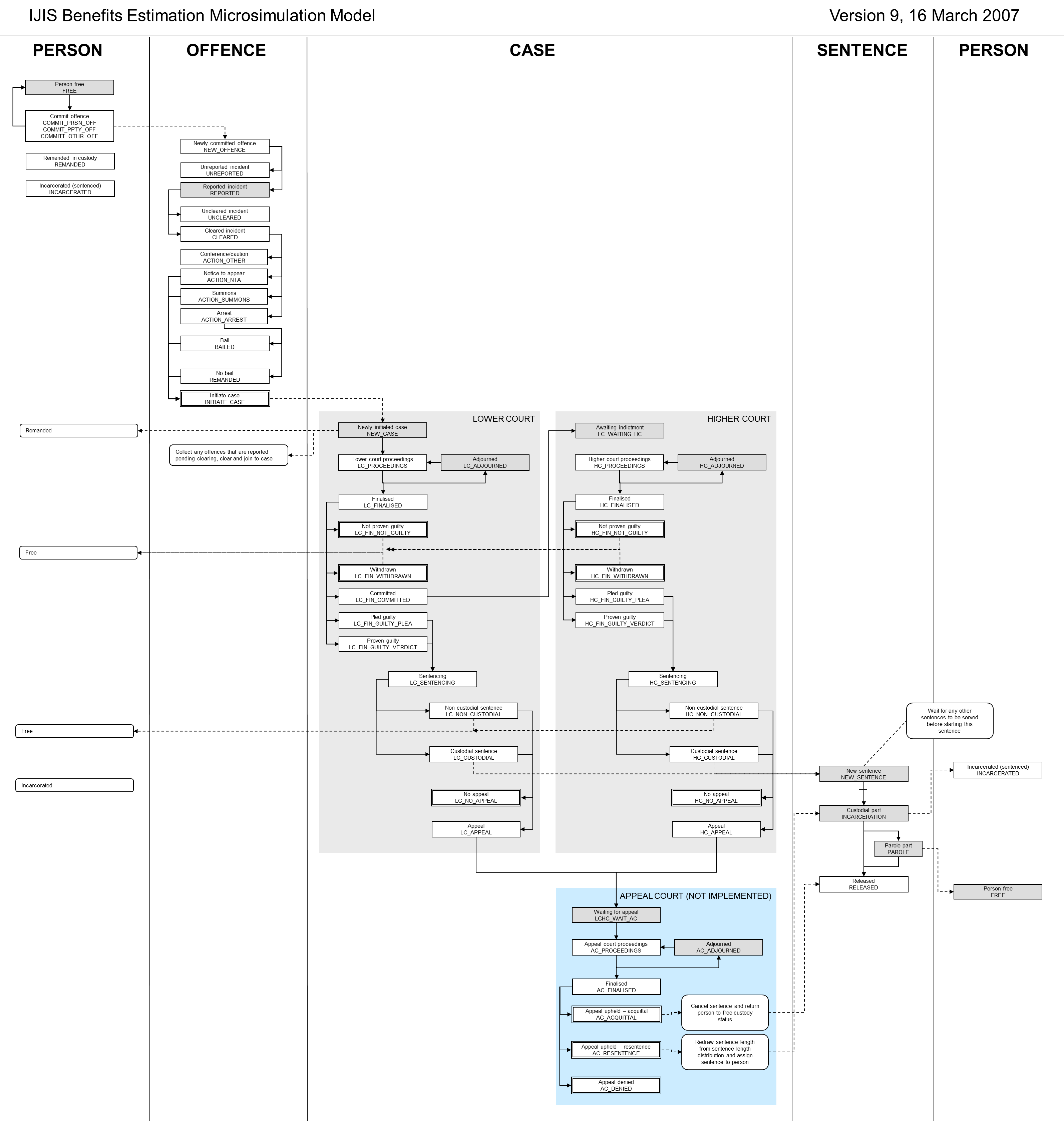 Do you need to fund transport infrastructure?
Do you need to fund transport infrastructure?
Transport business cases traditionally analyse travel time savings. But travel time savings can only be captured as either road tolls or mass transit fares, which is rarely sufficient to fund land transport projects.
Another potential source of funding is the increase in land values due to transport infrastructure. Traditionally the increase in land values is assumed to be equal to capitalised travel times savings, so excluded to avoid double counting. However Mohring 1961 only proves this equality in the special circumstances that the land market is “in equilibrium-that is, when all families are content to stay where they are”. Of course this is NOT valid for major transport infrastructure or growing populations.
So ignoring land value impacts distorts investment analysis – probably less for roads than for mass transit projects. A number of good studies examine land value impacts, for example, business case for Auckland City Rail Link. The original business case for Perth City Link, undergrounding railway line between Perth CBD and Northbridge, prepared for Perth City Council also focussed on land value impacts rather than travel time savings.
Strategex has tools that can forecast land value uplift and therefore possible revenue. A key tool uses agent based modelling of landowners, developers and consumers to forecast supply and demand for housing, and prices that clear the housing market. As consumer depends on transport, house prices and value will vary according to available transport.
It is of course challenging is to capture much of the value uplift in Australian jurisdictions – we can also advise on ways of doing this.
Contact Strategex for assistance.
[wp_ulike]

